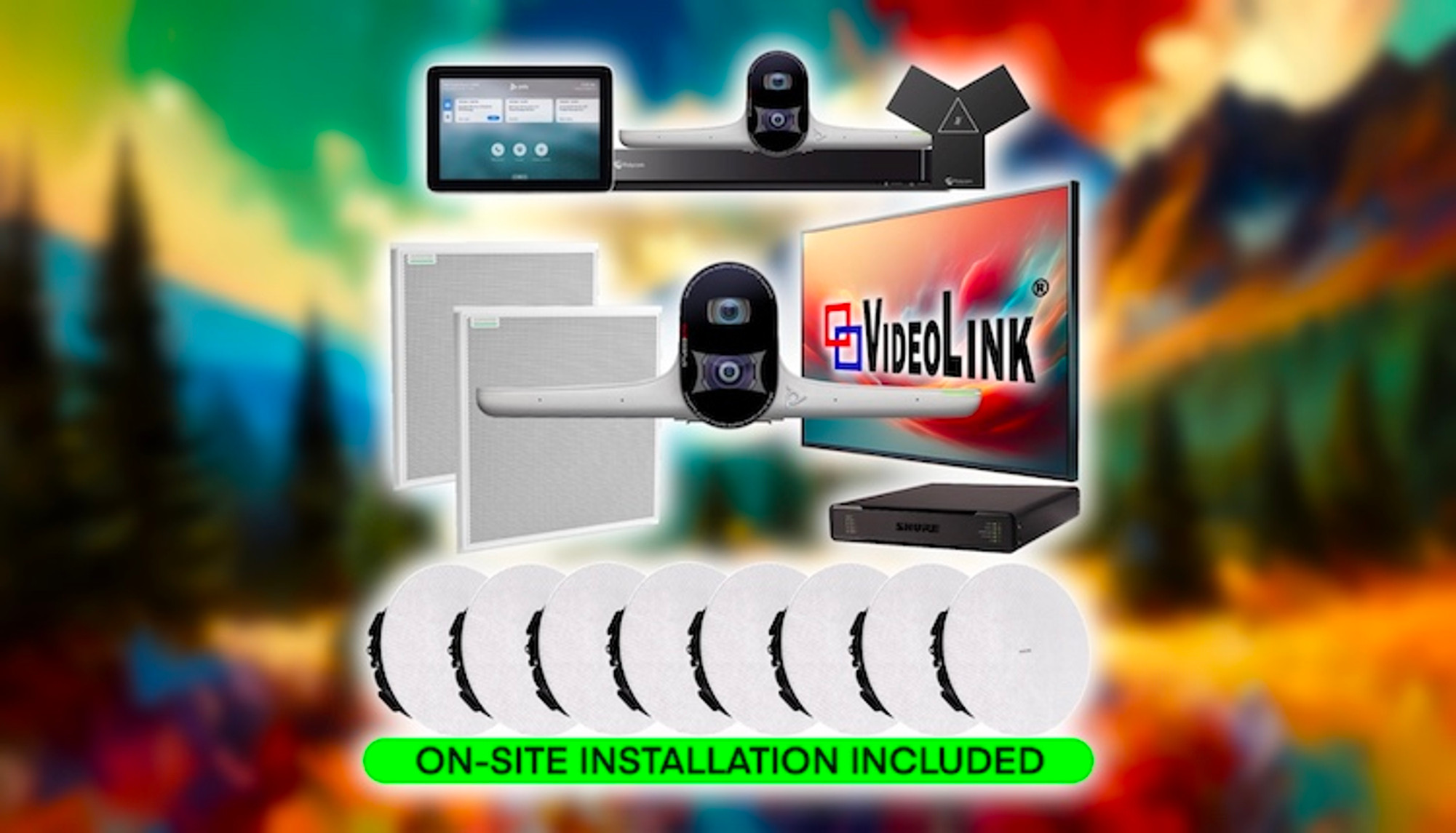The Future of Work: 10 Ways Video Conferencing is Shaping Remote and Hybrid Models
In today's rapidly evolving workplace, the adoption of video conferencing technologies is not just a trend but a fundamental shift in how we connect, collaborate, and excel. As we navigate through the complexities of remote and hybrid work models, video conferencing stands at the forefront, transforming the future of work. This blog explores 10 key ways in which video conferencing is shaping these modern work models, demonstrating its indispensable role in fostering productivity, inclusivity, and innovation across diverse sectors including corporate, healthcare, education, banking, and government.
- Enhanced Collaboration Across Time Zones: Video conferencing bridges the gap between global teams, enabling real-time collaboration irrespective of geographical barriers.
- Reduced Travel Costs and Time: By facilitating virtual meetings, organizations can significantly cut down on travel expenses and time, redirecting resources towards growth and development.
- Flexible Work Arrangements: Video conferencing supports diverse working arrangements, allowing employees to balance work and personal life more effectively.
- Inclusive Work Environment: It ensures that team members who work remotely feel as included and valued as their in-office counterparts, fostering a culture of inclusivity.
- Access to a Wider Talent Pool: Companies are no longer limited by geography in their hiring processes, enabling access to a global talent pool.
- Improved Communication: Visual cues and body language, accessible through video calls, enhance understanding and reduce miscommunications.
- Continuity of Operations: During disruptions such as health crises or natural disasters, video conferencing enables the continuity of operations, ensuring business resilience.
- Sustainable Business Practices: By reducing the need for physical travel, video conferencing contributes to lower carbon footprints, aligning with sustainable business objectives.
- Enhanced Training and Development: It offers a versatile platform for conducting training sessions, webinars, and workshops, making learning more accessible and engaging.
- Customized Customer Engagement: Video conferencing allows for personalized interactions with clients, improving relationship management and customer satisfaction.
Conclusion:
As the landscape of work continues to evolve, video conferencing emerges as a critical tool in shaping the future of remote and hybrid work models. At VideoLink, we understand the pivotal role technology plays in enabling dynamic and efficient work environments. Our comprehensive suite of video conferencing solutions is designed to meet the diverse needs of sectors such as corporate, healthcare, education, banking, and government, ensuring seamless communication and collaboration. If you're looking to elevate your organization's productivity and adapt to the future of work, we invite you to contact us. Let's embrace the future together, leveraging the power of video conferencing to create more connected, sustainable, and resilient workplaces.
Recent Posts
-
VideoLink: Your Authorized Shure Reseller
VideoLink is proud to be your trusted Authorized Reseller of Shure products, serving a diverse clien …Apr 16th 2024 -
Product Spotlight: [REFRESHED] Mobile Video Conferencing Cart (Teams, Google Meet, Zoom, BYOD, and more) COMPLETE SOLUTION
Introducing the Next Generation of Mobile CollaborationDiscover the cutting-edge [REFRESHED] Mo …Apr 5th 2024 -
Product Spotlight: Elite LARGE Boardroom COMPLETE SOLUTION
Redefining Large Boardroom DynamicsTransform your large boardroom into a beacon of advanced communic …Apr 2nd 2024



![Product Spotlight: [REFRESHED] Mobile Video Conferencing Cart (Teams, Google Meet, Zoom, BYOD, and more) COMPLETE SOLUTION Product Spotlight: [REFRESHED] Mobile Video Conferencing Cart (Teams, Google Meet, Zoom, BYOD, and more) COMPLETE SOLUTION](https://cdn11.bigcommerce.com/s-tt1cdl8d7a/images/stencil/2001x1701/uploaded_images/refreshed-mobile-cart-complete-solution.jpg?t=1712340594)
